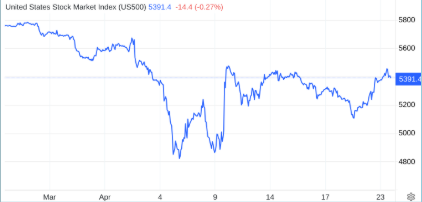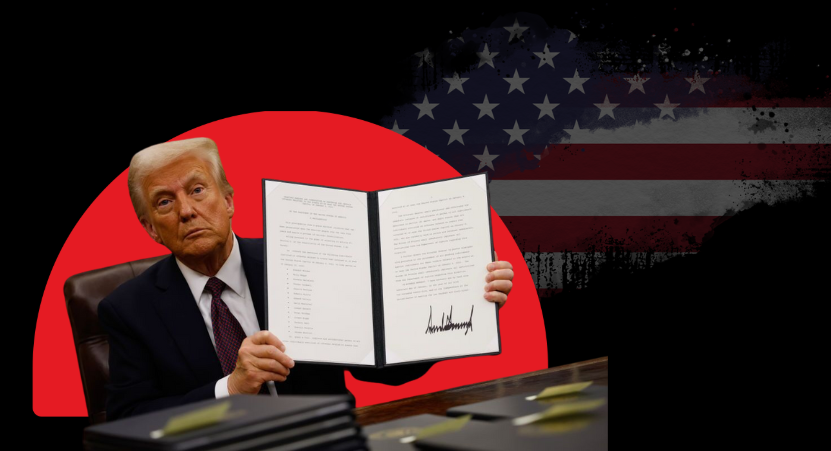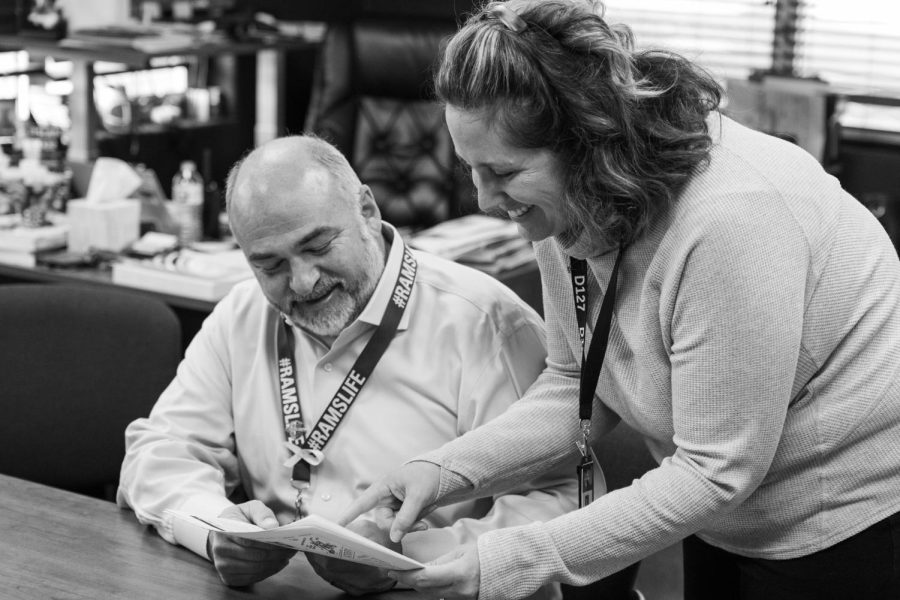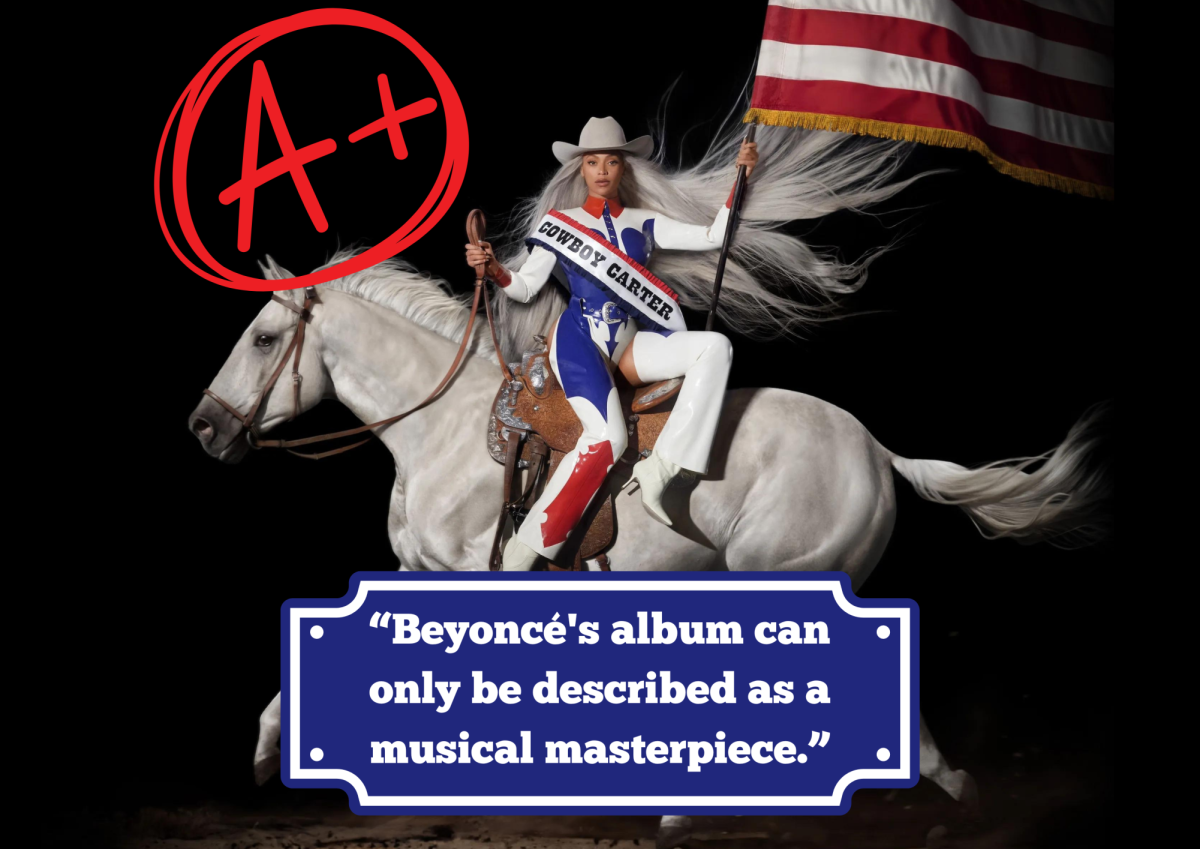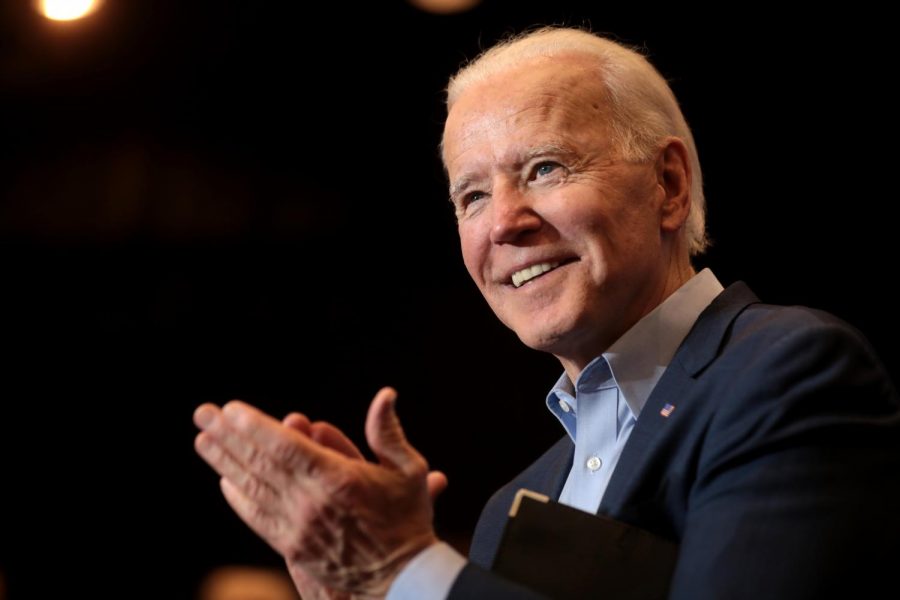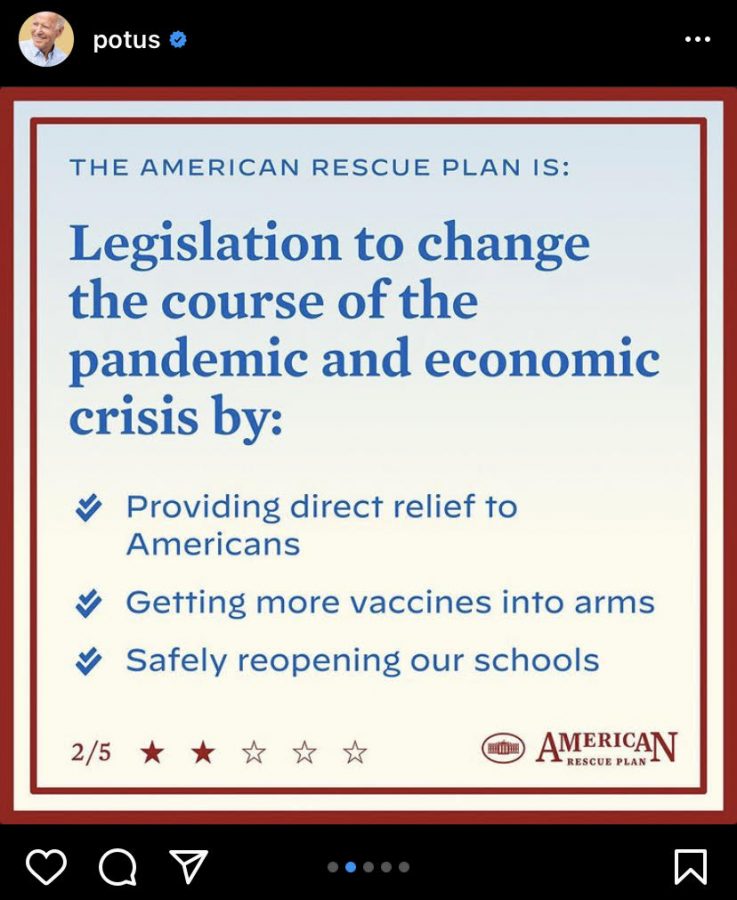Biden’s early plans draw comparisons to the past
Looking at Joe Biden’s plans for his first 100 days and comparing those to the past can help understand the changes to come.
Joe Biden was elected as the 46th president of the United States and inaugurated into office on Jan. 20. Photo by George Skidmore, provided by WikiMedia Commons under the Creative Commons license. This photo is not altered. See photo license: Creative Commons Legal Code at bottom of story.
February 4, 2021
With Jan. 20 marking the official start to the Biden administration, President Joseph R. Biden Jr. entered the Oval Office with America enduring a pandemic, experiencing high rates of unemployment, navigating the aftermath of racial tensions from the summer, and growing political rifts between both parties. Although the word “unprecedented” has been widely utilized by professional news outlets, much of what Biden is experiencing as an incoming president isn’t unprecedented relative to the rest of United States history. Comparisons between history and Biden’s plans for his first 100 days can help to understand what this presidency will look like and how attainable his promises are.
In his inaugural address, Biden made several calls for unity throughout the country to heal the political divides between Democrats and Republicans. Similarly, in his farewell address, George Washington warned the country of political divides polarizing the country. However, this call hasn’t been heeded, and the polarization of politics began far before the 2020 election.
“When you think of divisive politics, the easiest example you could come up with is the Antebellum era pre Civil War, where you have the North and South each with their separate agendas, and we know what happens with that: we go to war over it. What comes with that is a very, very long process of healing… and many people even today still have these conversations of ‘hey, how much have we healed since the Civil War?’” US history teacher Danielle Wankmuller said. The American Civil War was a major conflict over the issue of slavery, economic development, and the role of central government between the Northern states and the Southern Confederacy. The North won the war, and the Confederacy was dissolved.
Although 2020 didn’t see a war because of divisive politics, the historical context of reconciling two conflicting opinions can take a long period of healing and action for that to occur, which might not be entirely effective in the bigger picture. Biden hopes to achieve this early cry for unity with his plans for systemic racial equality.
However, the United States needs more than a call for unity to heal from the pandemic that has been holding the country hostage for the past year. Economically, the United States is putting pressure on the incoming president to relieve the sectional economic burden from the pandemic. Because Biden is inheriting this economic burden from the previous administration, he needs to hit the ground running to win approval in the midterm. Due to this initial burst of energy, Biden’s incoming economic plan has been compared to Franklin Delano Roosevelt’s New Deal to combat the Great Depression, and the comparison is helpful to see where Biden needs to set his focus.
“The comparisons between the New Deal and now is that FDR set up programs for people to get back to work for the government- the WPA the TVA the CCC- things like that. I don’t think you’re going to see that happening here with the Biden administration, I think you’re going to see more targeted money and support to citizens, and then also to businesses that are struggling,” social studies department chairperson and economics teacher Jason Janczak said.
This is seemingly where Biden is planning to go with his first 100 days within the American Rescue plan. Although it still needs to get through Congress, this plan is trying to offer relief to struggling families, businesses and workers.
Biden’s promises within the American Rescue and his plans for racial equality and environmentalism put him among other reformist presidents, meaning he’s advocating for change rather than the abolition of existing processes. The United States at the beginning of the 20th century saw a few reformist presidents, and Biden might be able to compare if he follows through on his promises.
“You have presidents like Taft and Roosevelt and Wilson and they come in with more of a mindset of like ’hey, we need to put laws in place to better protect the American public’….and we see with those Progressive presidents they start implementing things like graduated income tax, they start putting in things like regulations on food like and the FDA… and things of that nature and just, again, putting in more policies to protect average Americans from large industry,” Wankmuller said.
Beginning with his inauguration on Jan. 20, Joe Biden has taken to social media to publicly share his plans and early achievements for his presidency. Since social media has become the new viable source of information, Biden’s plans for tackling the Coronavirus, global climate change, and the economic situation have become accessible to a much larger group of people. Photos provided by the @POTUS Instagram.
Biden and his focus on the American worker and consumer most closely resembles reformist presidents, and moving forward, will influence his focus on restoring the economy and American society during the healing process of the pandemic.
Although it’s incredibly important to look toward the past for guidance, it’s equally as important to be hopeful for the future in the new administration. For students moving forward into college and beyond, the aftermath of the pandemic could usher in a new cultural era.
“I think you’re going to see an era of innovation and reinvention. I don’t know exactly what that looks like because things change overnight. But I think, for those heading into the post-collegiate [world] you’re going to see a whole bunch of opportunities that are created around the ideas of this administration, specifically clean energy, climate change, things like that,” Janczak said.
One of Biden’s main focuses is on climate change and how to combat it in the United States. His action against climate change could influence the jobs created for students beyond high school, so looking forward in that aspect can help provide direction to where the country will improve environmentally and economically.
To make his plans come to fruition, Biden is chiefly relying on the American public to come to a common agreement that the country needs to improve socially, economically and environmentally. And to do that, the country’s individuals need to heal in some capacity. In his inaugural address, Biden quotes that America should lead by the “power of example” rather than its “example of power.” This quote is calling to the individual American, as well as the country as a whole, to lead by example and create a new era along with the new administration.
“Biden is going to keep bringing back that message of unity too. He’s going to much more prefer people who are willing to have conversations with somebody across the aisle, than just this continued polarization,” Wankmuller said.
Featured Photo license: Creative Commons Legal Code




